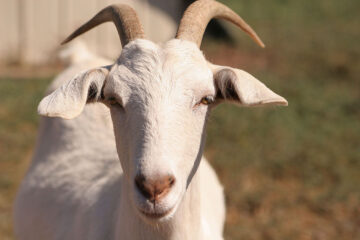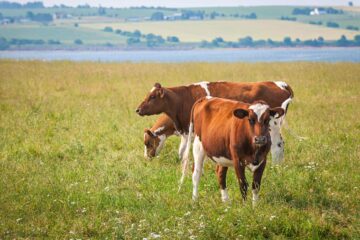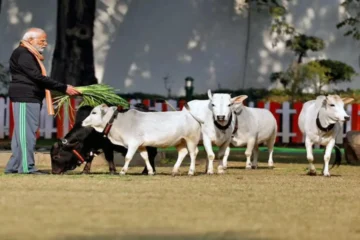Published in November 2017.
Raising red-goats (commonly known as Chemmari goats) enhances the livelihoods of small farmers and the landless. These goats graze freely, thrive in herds, and provide a sustainable income source. Below is an overview of the various methods for profitable goat farming.
Breeds of Red Goats in Tamil Nadu
Common breeds include Chennai Red, Trichy Black, Keelakarisal, Vembur, Ramanathapuram White, Coimbatore, Nilgiri, and Mecheri. Chennai Red and Trichy Black goats are particularly popular around Chennai. These goats, medium-sized with short tails, are suitable for meat production, with horns present only on the bucks.
Selecting Goats
Avoid purchasing goats from markets; instead, buy from reliable farms or well-maintained sources. Selection should focus on physical traits that ensure good breeding potential, such as broad jaws, sturdy legs, a balanced abdomen, well-formed thighs, and a broad, strong back and rump.
Choose healthy, active, and well-built male kids for breeding to avoid inbreeding within the farm.
Management Methods
- Free Grazing – Allow goats to graze for 8-10 hours.
- Grazing Plus Stall Feeding – Let goats graze for 4-5 hours and then supplement with feed.
- Complete Stall Feeding – Keep goats in stalls for feeding all day.
- Elevated Stall – Keep goats on raised slatted floors to promote cleanliness.
Signs of Estrus
Goats display signs of estrus, such as rubbing against bucks and allowing mating without resistance.
- Age at Puberty: 9 months
- Breeding Age: 12 months
- Breeding Ratio: 1 male per 10 females
- Estrus Cycle: 16 days
- Estrus Duration: 26 hours
- Gestation Period: 150 days
- Interval to Next Estrus After Birthing: 21 days
- Breeding Longevity: 5-8 years
- Sales Age: 6-8 months
- Sale Weight: 20-25 kg
Feeding
Nutrition management is essential. Offer nutritious feeds in adequate quantities, including grasses, legumes, and tree leaves as green fodder.
- Grass Varieties: CO-1, CO-3, CO-4, para grass, and Guinea grass.
- Legume Fodder Crops: Sunn hemp, cowpea, stylosanthes, and velvet bean.
- Tree Leaves: Gliricidia, sandalwood, tamarind, neem, kalyanamurungai, moringa, agathi, and other trees like mango, jackfruit, and banyan.
In addition to green fodder, high-energy feed is essential for kids and lactating does.
Kid Care
Healthy kids start nursing colostrum from the mother, which is rich in proteins, vitamins A, D, E, and disease-preventing agents. Colostrum also acts as a natural laxative to help pass the first stool.
Deworming
Deworming should be done for the first time when kids are two months old, and then regularly in consultation with a veterinarian.
Vaccinations
Vaccinate against diseases like goat pox, foot and mouth disease, peste des petits ruminants (PPR), and blue tongue as per the recommended schedule. In case of illness, consult a veterinarian immediately for appropriate treatment.
Dr. K. Devaki and Dr. K. Velmurugan, Agricultural Science Centre, Kattupakkam, Kanchipuram – 603203.











